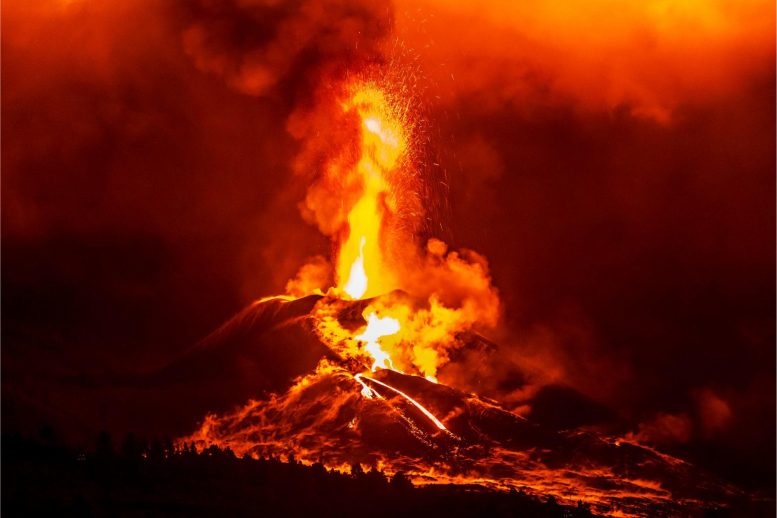
Scientists have found that carbon dioxide, rather than water, is a primary driver in causing volcanic eruptions, specifically in basaltic volcanoes, overturning previous theories. Their innovative research tools have provided a deeper understanding of the Earth’s internal dynamics and have implications for volcanic-hazard preparedness.
For a long time, geoscientists believed that water, combined with shallow magma in the Earth’s crust, was the primary cause of volcanic eruptions. However, thanks to newly developed research tools at Cornell, scientists have learned that gaseous carbon dioxide can trigger explosive eruptions.
A new model indicates that basaltic volcanoes, which are usually found in the interior regions of tectonic plates, are fueled by magma from deep within the mantle, located approximately 20 to 30 kilometers beneath the Earth’s surface.
The research, which offers a clearer picture of our planet’s deep internal dynamics and composition, with implications for improving volcanic-hazards planning, was recently published in the Proceedings of the National Academy of Sciences.
“We used to think all the action happened in the crust,” said senior author Esteban Gazel, the Charles N. Mellowes Professor in Engineering in the Department of Earth and Atmospheric Sciences, in Cornell Engineering. “Our data implies the magma comes directly from the mantle – passing fast through the crust – driven by the exsolution (the process phase of separating gas from liquid) of carbon dioxide.
“This completely changes the paradigm of how these eruptions happen,” Gazel said. “All volcanic models had been dominated by water as the main eruption driver, but water has little to do with these volcanoes. It’s carbon dioxide that brings this magma from the deep Earth.”
About four years ago, Gazel and Charlotte DeVitre, Ph.D. ’22, now a postdoctoral researcher at the University of California, Berkeley, developed a high-precision carbon dioxide densimeter (which measures density in a tiny vessel) for Raman spectroscopy (a device that examines scattered photons through a microscope).
The natural samples – microscopic-sized carbon dioxide-rich bubbles trapped in crystals emanating from the volcanic eruption – are then measured via Raman and quantified by applying the newly developed densimeter. Essentially, the scientists are examining a microscopic time capsule to provide a history of the magma. This new technique is critical for near real-time precise estimations of magma storage, tested during the 2021 eruption in Las Palmas, in the Canary Islands by Gazel’s group.
Further, the scientists developed methods to assess the effect of laser heating on carbon-dioxide-rich inclusions (found swathed in the crystals), and to accurately assess melt inclusion and bubble volumes. They also developed an experimental reheating method to increase accuracy and properly account for carbon dioxide trapped as carbonate crystals inside the bubbles.
“The method of development and instrument design was challenging, especially during the height of the pandemic,” Gazel said.
Using these new tools, the scientists scrutinized volcanic deposits from the Fogo volcano in Cabo Verde, west of Senegal in the Atlantic Ocean. They found a high concentration of volatiles in the micro-sized melt inclusions encased within the magnesium-iron silicate crystals. The higher amount of carbon dioxide enclosed in the crystals suggested that the magma was stored tens of kilometers below the surface – within the Earth’s mantle.
The group also discovered that this process is connected to the deep mantle source that supplies these volcanoes.
This implies that eruptions such as Fogo’s volcanic flareups start and are fed from the mantle, effectively bypassing storage in the Earth’s crust and driven by deep carbon dioxide, according to the paper.
“These magmas have extremely low viscosities and come directly from the mantle,” DeVitre said. “So here, viscosity and water cannot play the common roles that they do in shallower and/or more silicic (rich in silica) volcanic systems. Rather at Fogo volcano the magma must be driven up fast by the carbon dioxide and this likely plays a significant role in its explosive behavior. This is a major step in our understanding of the controls on basaltic explosivity.”
Comprehending magma storage helps best prepare society for future eruptions, said Gazel, who is also a faculty fellow at the Cornell Atkinson Center for Sustainability.
“As deep magma storage will not be detected by ground deformation until the melt is close to the surface,” he said, “this has important repercussions to our understanding of volcanic hazards. We need to understand the drivers of these eruptions. The only way to see these processes now is by observing earthquakes, but earthquakes don’t tell you exactly what’s happening.”
Said Gazel: “With precise measurements that tell us where eruptions start, where magmas melt and where they are stored – and what triggers the eruption – we can develop a much better plan for future eruptions.”
Reference: “Oceanic intraplate explosive eruptions fed directly from the mantle” by Charlotte L. DeVitre, Esteban Gazel, Ricardo S. Ramalho, Swetha Venugopal, Matthew Steele-MacInnis, Junlin Hua, Chelsea M. Allison, Lowell R. Moore, Juan Carlos Carracedo and Brian Monteleone, 7 August 2023, Proceedings of the National Academy of Sciences.
DOI: 10.1073/pnas.2302093120
In addition to Gazel and DeVitre, the other authors of “Oceanic Intraplate Explosive Eruptions Fed Directly from the Mantle” are Ricardo S. Ramalho, Cardiff University, Wales, U.K.; Swetha Venugopal, Lunar and Planetary Institute, Universities Space Research Association, Houston; Matthew Steele-MacInnis, University of Alberta, Edmonton, Alberta; Junlin Hua, University of Texas, Austin; Chelsea M. Allison, Baylor University, Waco, Texas; Lowell R. Moore, Virginia Tech, Blacksburg, Virginia; Juan Carlos Carracedo, Universidad de Las Palmas de Gran Canaria, Spain; and Brian Monteleone, Woods Hole Oceanographic Institution, Massachusetts.
Funding for this research was provided by the National Science Foundation. Data was also collected in the Biotechnology Resource Center at Cornell University; and by the Cornell Institute of Biotechnology’s Imaging Facility, which is funded through National Institutes of Health.


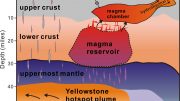
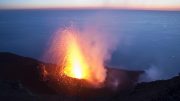
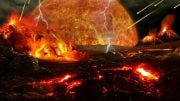
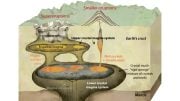
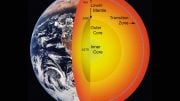
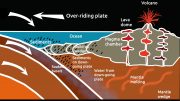
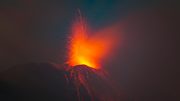
It seems that lately carbon dioxide is being characterized as being more important to volcanic eruptions, especially basaltic volcanoes, than previously thought. Does this bring into question the estimates of the annual volcanic emissions of carbon dioxide?